Vera Kahn
kahnvera@grinnell.edu
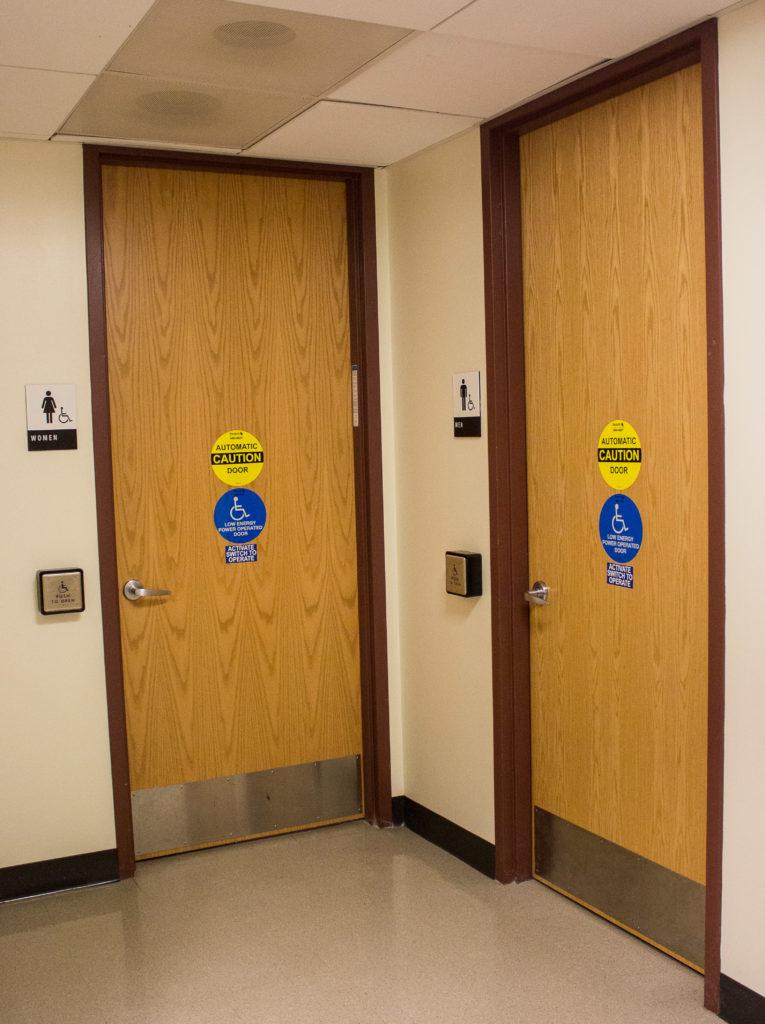
Grinnell College provides gender-neutral housing options that include gender-neutral bathrooms. However, students have raised concerns that there is a distinct lack of gender-neutral bathrooms in non-residential buildings, such as Harris, the JRC and Noyce.
“Grinnell really loves to talk about its gender-inclusive housing,” said Ric Tennenbaum ’18, a member of the Trans Advocacy Group (TAG) and co-Director of the Stonewall Resource Center (SRC). “[The claim is that] you can piss always, no matter who you are. But then in the building where we’re supposed to eat and drink, we can’t shit.”
Last spring, to combat the lack of gender-neutral bathrooms, TAG posted over gender signs to let patrons know what facilities they will find inside, including the number of urinals and/or toilets, as well as whether bathrooms are wheelchair-accessible.
TAG re-posts the signs every day because Facilities Management (FM) custodians are required to take them down. Assistant Vice President for FM Rick Whitney explained that this is due to American with Disabilities Act (ADA) compliance. According to the ADA, Whitney said, “official signs of specified size, location and readability are required to designate restroom facilities.”
TAG is not the only group working to bring bathroom equity to Grinnell. Action to get gender-neutral bathrooms in Noyce began this year, when a computer science major approached Rachel Swoap ’19, a member of the computer science SEPC, with concerns. The SEPC got support from all of the Noyce SEPCs.
“I thought it was going to be easy, just putting a new sign up,” she said. She quickly learned that it would not be that simple.
The main obstacles to bathroom equity in Grinnell are city codes regarding public bathrooms, which apply to academic buildings. Private buildings, such as residence halls, are under less scrutiny to adhere to this policy, which in part explains the disparity.
“City of Grinnell building codes and International Plumbing Code (IPC) both require a specific fixture count for men and for women, based on designed building occupancy,” Whitney said. Gender-neutral bathrooms do not count towards the minimum number of fixtures.
Establishing gender-neutral bathrooms will require constructing new bathrooms. Building multi-stall gender-neutral bathrooms would require the construction of fixtures that would not qualify for the fixture counts. The main focus, then, is on constructing single-stall bathrooms.
The multiple construction projects on campus require diplomacy with the city that might hinder the school’s ability to go ahead and build gender-neutral bathrooms.
“We have a … crane. The crane has to be able to do things. If the city planner doesn’t like what we’re doing in other aspects, maybe the crane can’t do things the crane wants to do,” Tennenbaum said.
“It’s generally good to have a positive and collaborative relationship with the city; as a partner rather than an adversary,” said Maure Smith-Benanto, associate dean of students and director of intercultural affairs. “Disregarding or defying the code would not necessarily preserve that positive relationship.”
“Barring unforeseen engineering obstacles,” Whitney said, the plan is to have gender-neutral restrooms completed in the JRC by this coming fall. JRC is the top priority in the bathroom plan, followed by Noyce and Harris. According to Smith-Benanti, the Humanities and Social Science Center (HSSC) is planned to have binary gender restrooms to fit the fixture counts, as well as gender-neutral single-stall bathrooms above those counts.
In spite of the structural obstacles, both Swoap and Tennenbaum affirm the school’s support for the issue. Tennenbaum said, “the people throughout the administration, up to the top, are advocating and doing what they can.”
“FM is working with the city contractor… to look at where the restrooms can be… it’s in the works. It’s happening,” Swoap added. Tennenbaum also mentioned that there was a town hall being planned in order to get community feedback.
Tennenbaum stressed the power of individuals to help create safer bathrooms. It is not gendered bathroom signs that “do the pain,” she said, but rather the judgmental stares from cisgender individuals assessing trans and gender nonconforming people.
“If we can just make a bathroom culture that doesn’t involve people staring at each other, people interpreting other people as being in the wrong space, in the wrong bathroom, meaning their bodies are wrong, that would be everything. At the end of the day, the signs mean very little compared to the social interactions inside. Usually the signs are scary because they’re … a bad omen of the social interaction inside,” Tennenbaum said.





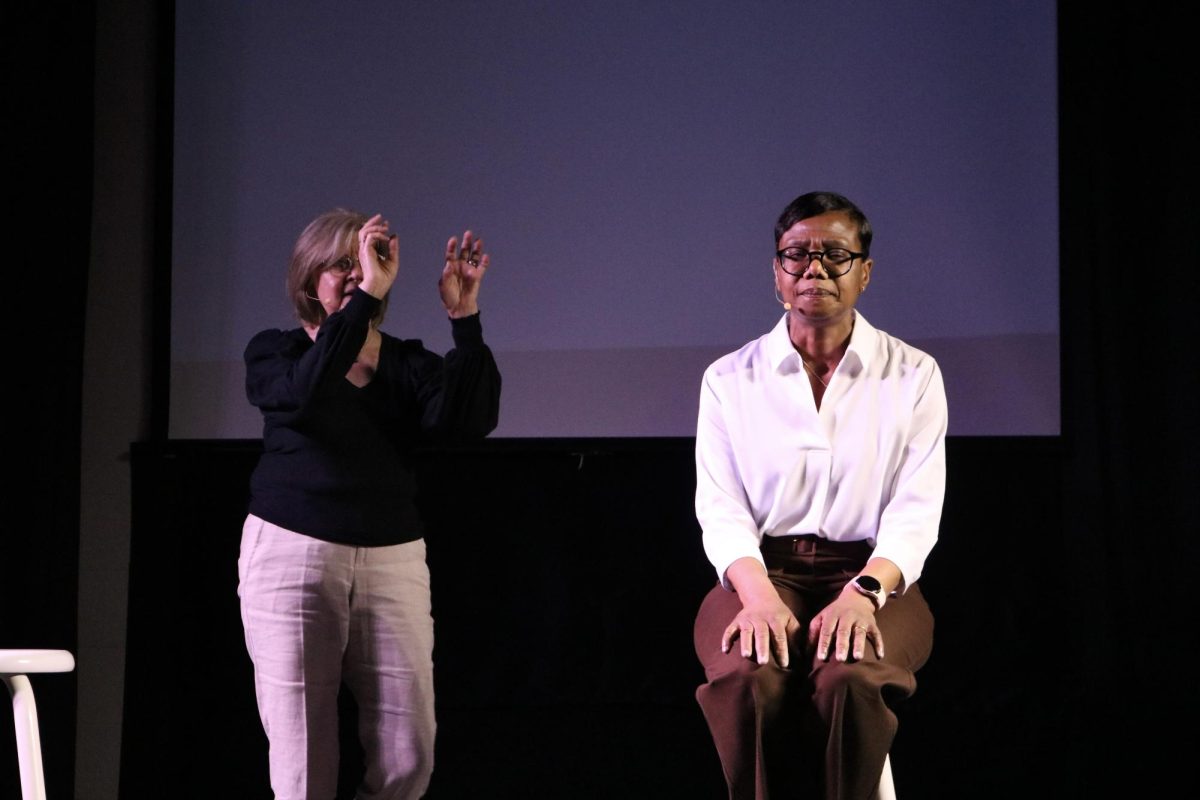

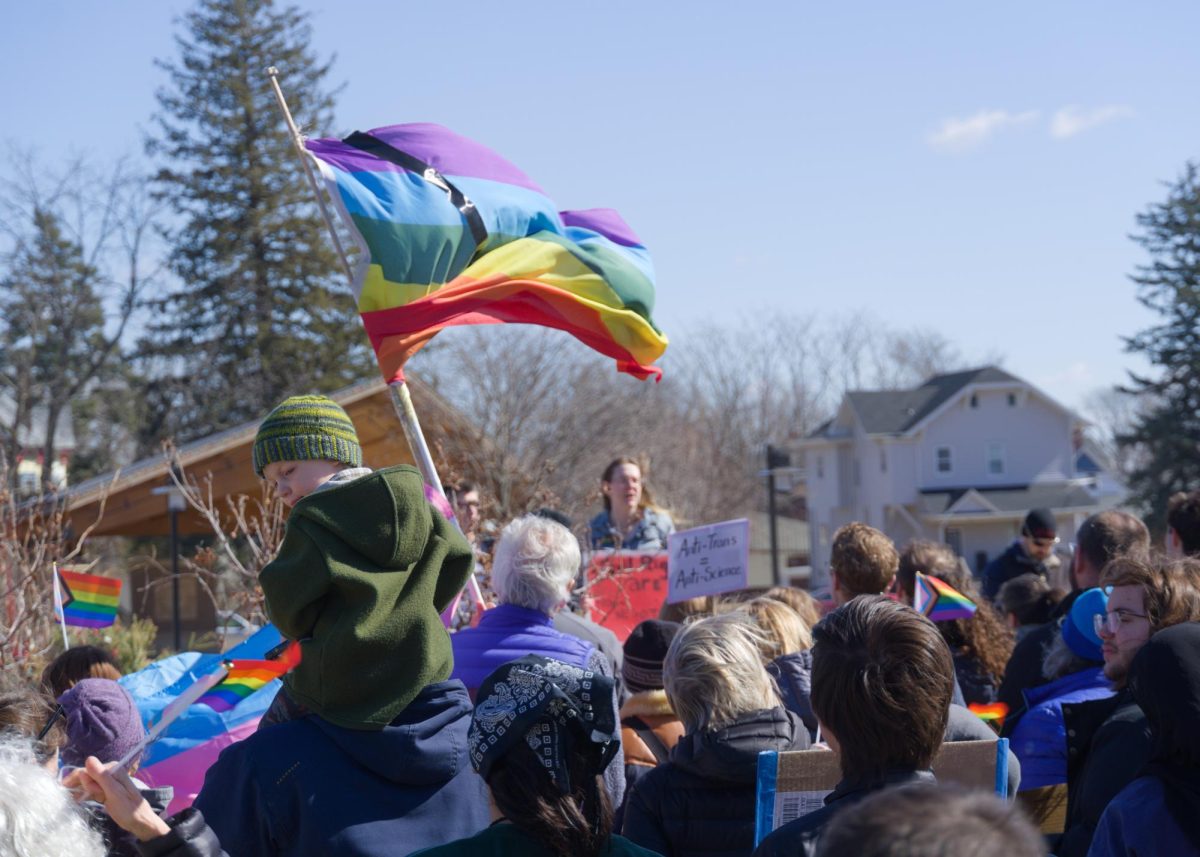
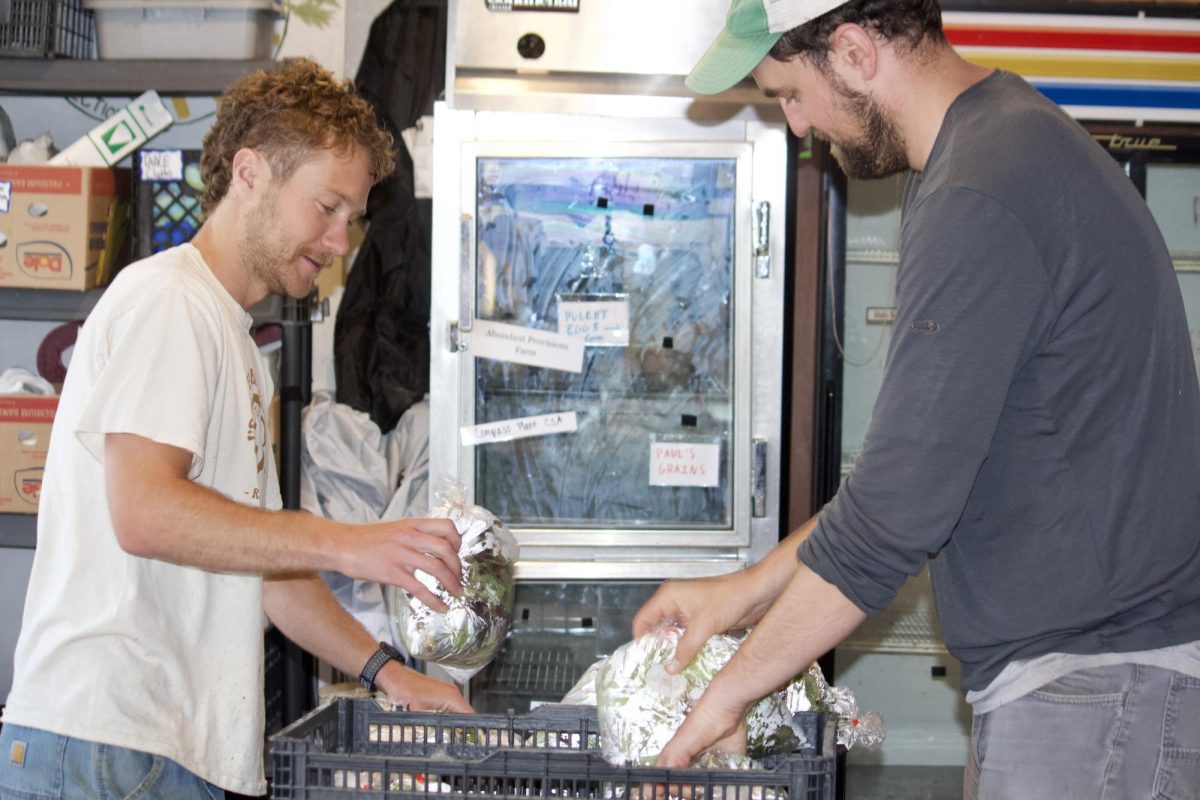




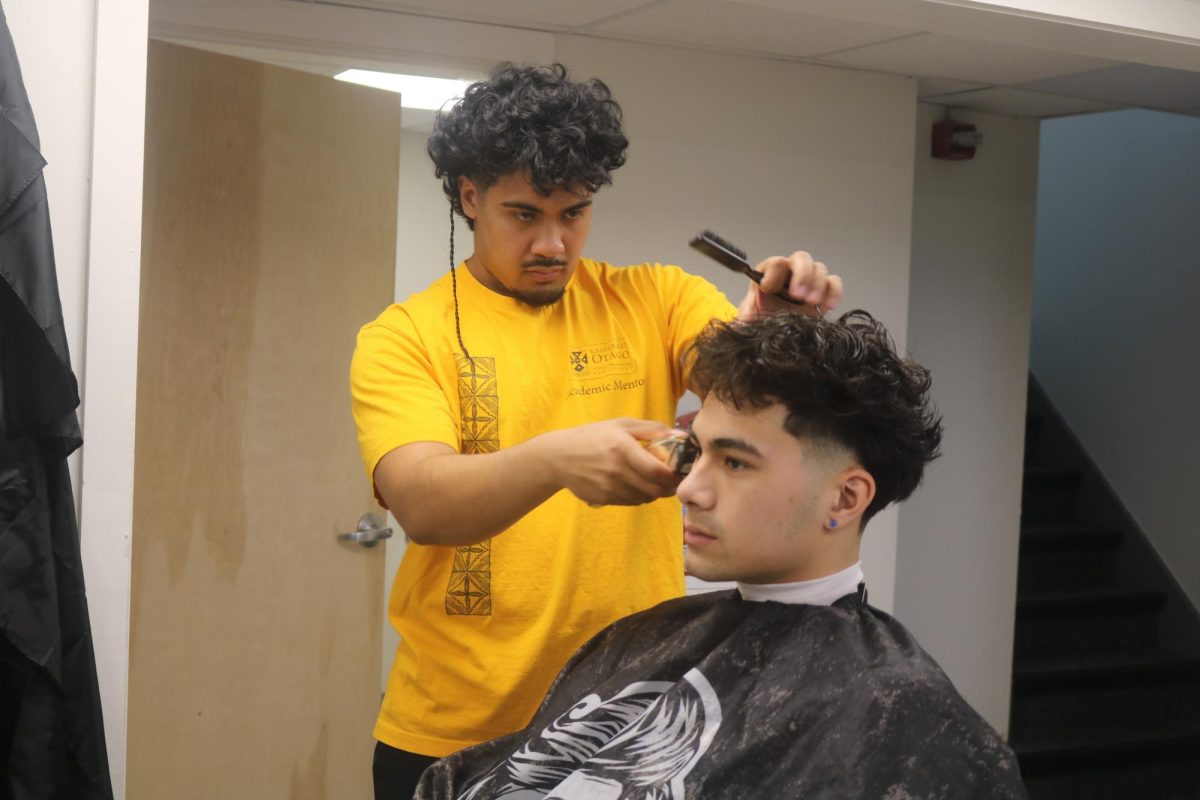





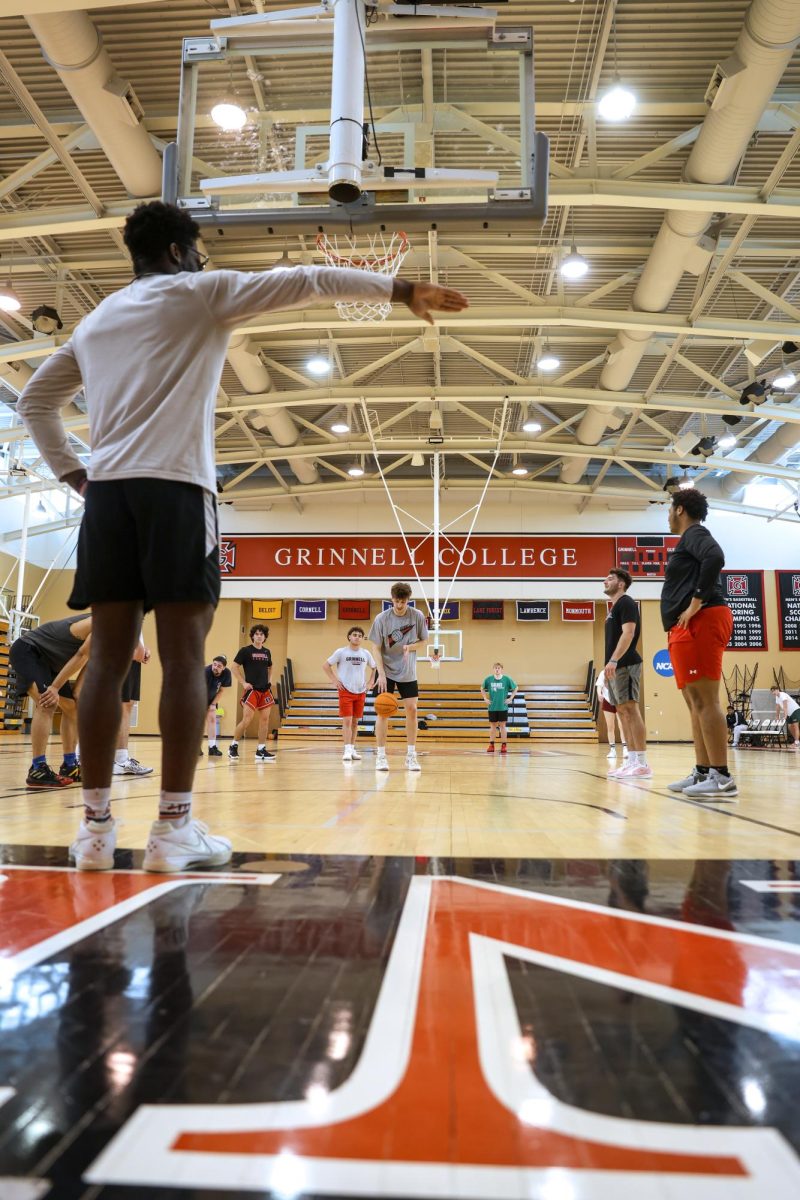


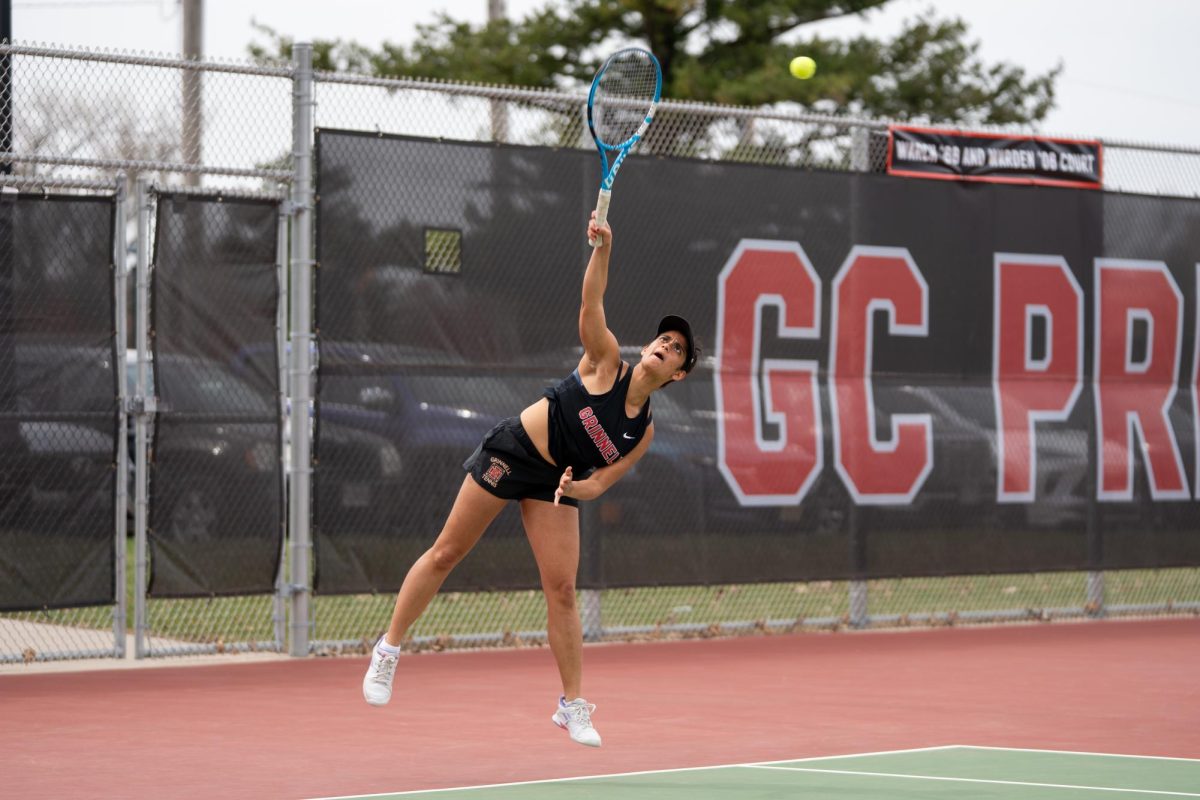






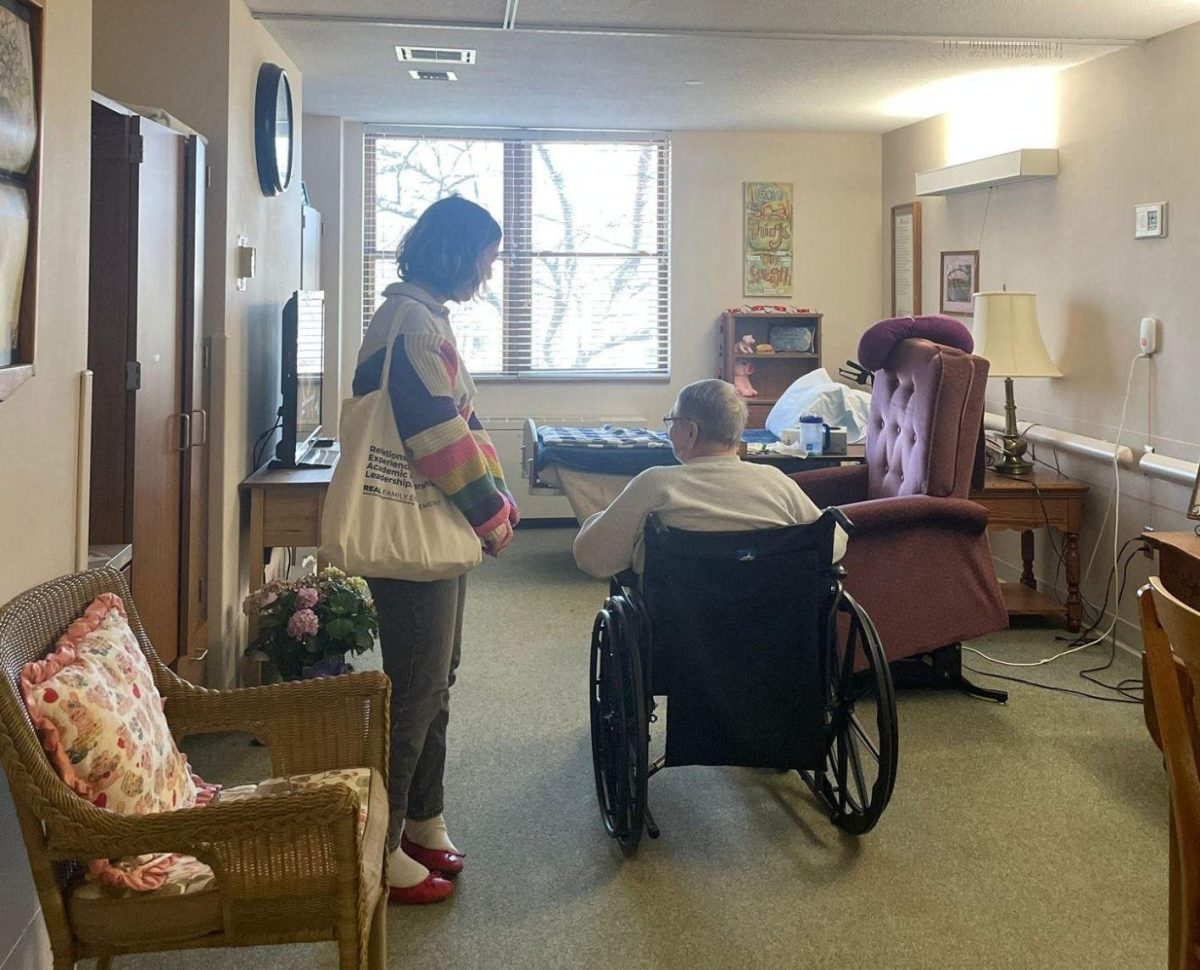






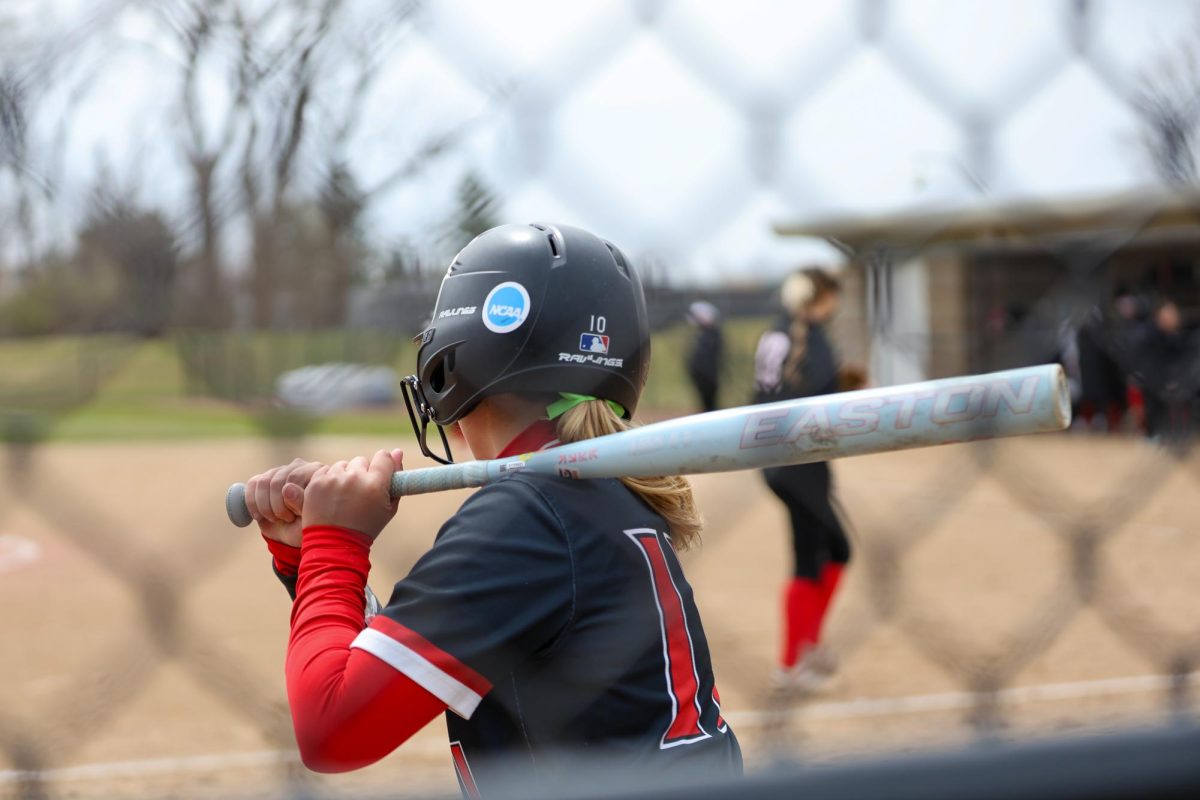















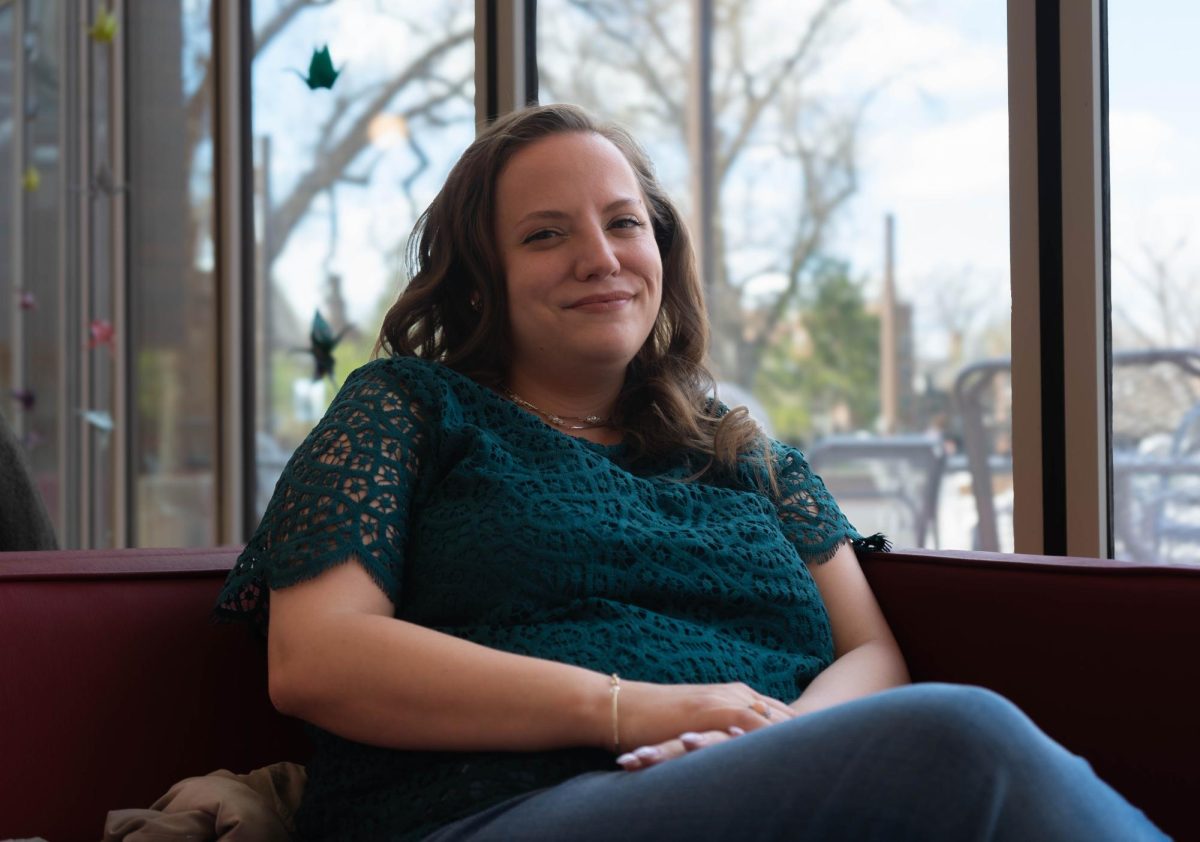

Meagan McKinstry '16 • Apr 15, 2018 at 9:29 pm
Hi! Nice article 🙂 Very interesting, relevant, and informative.
Just a small comment – toward the end of the article, the word “cisgendered” is used, which is incorrect. The proper word is “cisgender.” The same goes for “transgender” vs. “transgendered.” Saying cisgendered or transgendered is like saying “gayed” or “lesbianed” – it doesn’t make sense grammatically. In particular, the word “transgendered” is strongly disfavored with the trans community. Here’s a source, if that’s helpful: https://www.glaad.org/reference/transgender
Thanks again for the article!
The Scarlet and Black • Apr 16, 2018 at 7:49 pm
Thanks for making us aware of this mistake, Meagan! We’ve updated the language in the article.
-The S&B